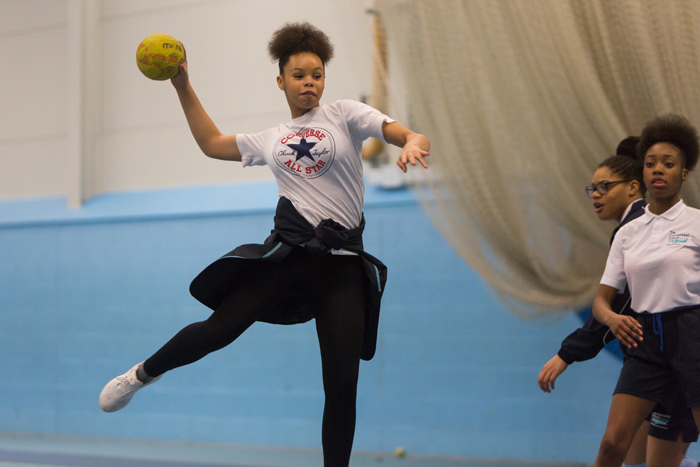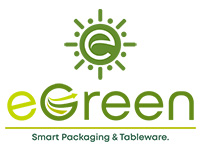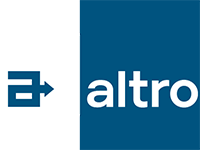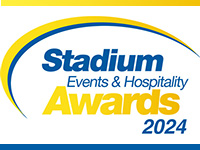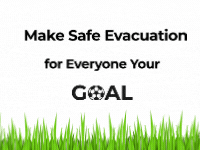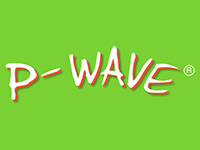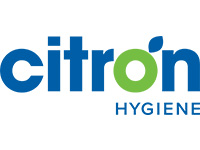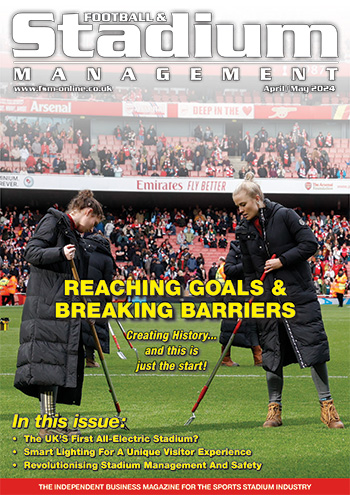Equality of Access – Challenging Inequality Through Our Community Sport Facilities
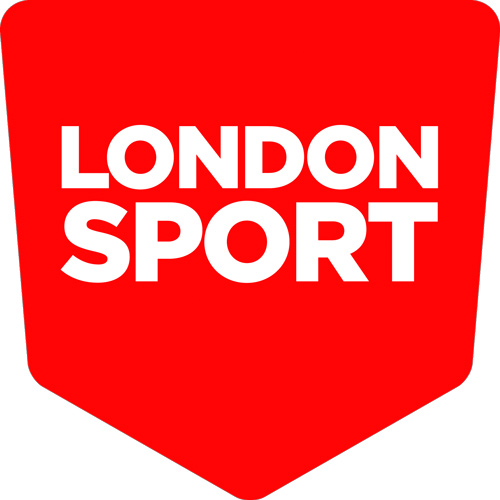 London Sport's Strategic Lead - Facilities & Urban Spaces Operations, Chris Donkin, discusses the inequality of access to the capital's community sport facilities and what we are doing to tackle this issue, starting with our Active London event this October.
London Sport's Strategic Lead - Facilities & Urban Spaces Operations, Chris Donkin, discusses the inequality of access to the capital's community sport facilities and what we are doing to tackle this issue, starting with our Active London event this October.
It is well documented that the impact of covid-19 on the leisure sector has been hard hitting.
Although many traditional sports facilities have re-opened their doors to the local community, there are still several challenges faced in these environments.
As we experience further social distancing restrictions and move towards the winter months, the level of inequalities that exist around access to physical activity are only likely to increase.
Inequalities In Leisure Centres
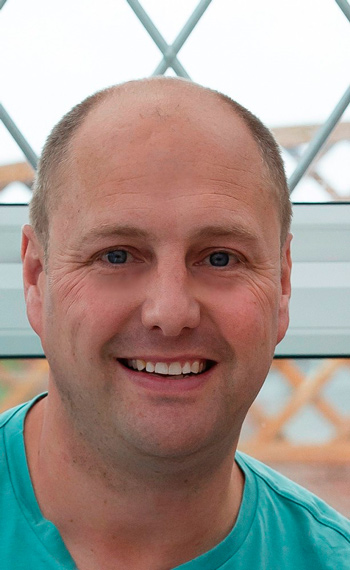 Most facilities are being forced to operate at reduced capacity levels in order to satisfy social distancing restrictions.
Most facilities are being forced to operate at reduced capacity levels in order to satisfy social distancing restrictions.
As a consequence, a number of additional barriers now exist that reduce people ability to take part in physical activity:
- The offer within most centres consists of gym, group exercise and swimming. The ability for centres to deliver traditional sports and targeted sessions such as GP exercise referrals is reduced meaning certain individuals have no activity to engage in.
- Social distancing requirements and the need for reduced staff interactions, have resulted in an increased use of online booking platforms to manage operations. Whilst in some ways this is leading to greater participation, individuals who are not able to use or not confident in using such platforms have no way of accessing centres and the activities within.
- Access to activity on a pay and play basis has reduced or in cases is not available at all as usage is restricted to members who take out a monthly membership. Where pay and play access is permitted, there are instances where the cost of such use has increased, thus creating extra barriers to overcome.
In addition to the above, comparison data for leisure centre usage across the same weeks in September 2019 and 2020 shows that participation amongst the following groups has decreased:
- Children and young people
- Adults aged 55+
- Female participants
Inequalities Outside The Leisure Centre Setting
The situation experienced in leisure centres is replicated across other environments within the sector.
Access to schools is restricted as schools prioritise their student bubble to ensure the school can continue to fulfil its primary obligation.
Other venues such as youth centres and community halls are all facing similar challenges and the lack of access to these core community facilities will have a negative impact on the local communities they serve beyond sport and physical activity.
Since the start of lockdown in March, the good weather experienced has made it much easier for people to remain active in the external environment.
As we approach autumn and the clocks go back, the colder and wetter weather we are likely to experience will only serve to create additional barriers to participation in physical exercise, particularly for people who may not have an existing relationship with physical activity and sport.
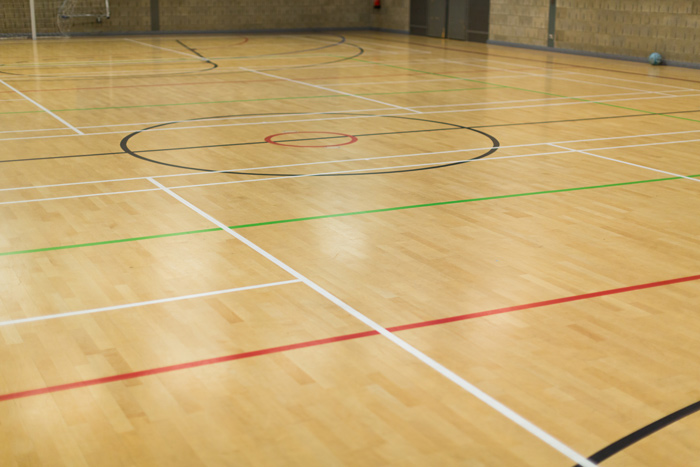
What Are We Doing To Overcome The Challenges?
 We are proactively working with a small number of local authorities where low physical activity levels and inequalities around access to physical activity existed before covid-19, and have been further impacted as a result of the pandemic.
We are proactively working with a small number of local authorities where low physical activity levels and inequalities around access to physical activity existed before covid-19, and have been further impacted as a result of the pandemic.
The focus will be on creating additional capacity for physical exercise as we enter the winter months so that we can start to address some of the inequalities that are currently being experienced.
These non-traditional spaces may not tick all the boxes but will provide access to a covered space that will, over the winter, reduce some of the barriers that might restrict activity levels.
Through the Tacking Inequalities funding, we will be in a position to work with local organisations and charities to provide free to access activity sessions that are focussed on members of the community who’s engagement with physical activity is most at risk as a result of the pandemic.
We will look to work with such groups and the local communities to tailor the activity offer available at the newly created “non-traditional venues” so it best meets the needs of that local community.
We will be exploring the role of facilities, venues and spaces in tackling inequalities around physical activity and sport during Active London 2020, which takes place online from 12-15 October.
Active London 2020 is free to attend, with registrations open now via: https://activelondon.splashthat.com/
